What kind of bow did Antonio Vandini play with?
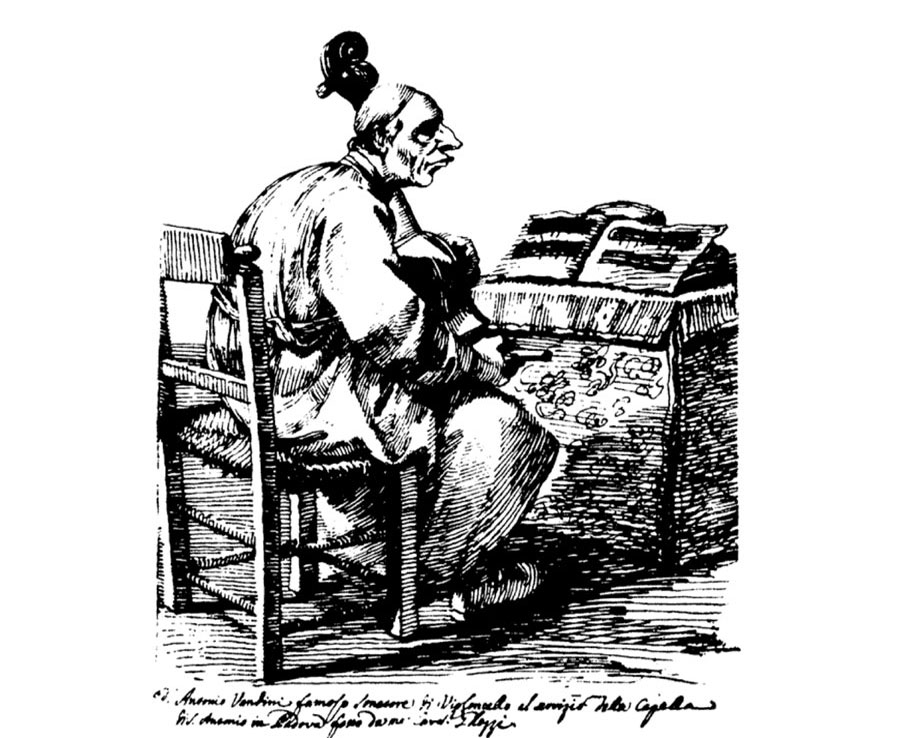
I like to think that the incredibly creative energy of baroque music, that made that era a time of endless evolution, also affected the research about it.
In fact, the studies and insights are always in progress and people involved in this field are conscious that a “full stop” is an unlikely -and for some reason undesirable- event.
So I believe they will not be surprised if the answer to the question “what kind of bow/s did Antonio Vandini play with?” is simply “we know something but not much”, since the only reliable information we have comes from Charles Burney, who in 1773 wrote: “It was remarkable that Antonio [Vandini], and all the other violoncello players here, hold the bow in the old-fashioned way, with the hand under it.”, and from Christof Gottlieb von Murr who says : “The famous Antonio Vandini: He holds the bow in the old fashion, with the hand on the hair and the thumb on the stick, as in Viol playing”.
Vandini held the bow underhand. Vandini was a friend of Giuseppe Tartini; they played together for a long time; they surely had a common musical language. In order to speak the same language one must necessarily use the same means of expression, so why not suppose they followed the same bow technique evolution? Does this make sense?
Sailing now the seas of making-sense assumption seems to me a way to seek for an answer keeping in mind, of course, that we will arrive at least to a “reasonable true conclusion” rather than to “the Truth”.
Let’s talk about Tartini’s bow technique evolution (about whom we know much more). He most likely began playing a short bow like the one belonging to H.F.I. Biber (628 mm) pictured below, that was a standard bow during the whole 17th century.

In 1716, after listening to Veracini perform with a longer bow, he felt the urgency to reconsider his own bow technique, and therefore spent a period in central Italy to study this topic in depth. When in 1721 he became the “primo violino presso la Basilica del Santo” in Padua, he probably already played with the longer bow (710 mm) currently preserved in the conservatorio G. Tartini in Trieste.

In that same year 1721 he met Antonio Vandini, and they played together until Tartini’s death in 1770.
 |
Please consider the similarities between Tartini’s bow and the cello bow which is kept at the Kunsthistorisches Museum in Vienna under inventory number “Sam 77”. |
 |
 |
The latter comes from the endowment of the Castello del Catajo, built by Pio Enea Obizzi in Battaglia Terme, in the Colli Euganei, starting as from 1570.
Just a stone’s throw from Padua, where Vandini lived and worked for over forty years! The charm of this proximity to the places where the musician lived and where the bow comes from is certainly very impressive.
Could he have played with a bow of this kind?
Or maybe with a slightly longer one?
| The need to play both strokes (up and down) in the same way was a common issue throughout Europe in the mid-18th century: almost everywhere, bow-makers answered the call by making bows with a higher tip (in truth, the tricky issue was to make them as stable as the baroque ones, but this took some decades). |
 |
Tartini probably already had the high tip bow with which is portrayed when in 1760, in his famous letter to Maddalena Lombardini, he wrote this very interesting recommendation: “Of this first contact, and delicate manner of beginning a tone, you should make yourself a perfect mistress in every situation and part of the bow, as well in the middle as at the extremities; and in moving it up, as well as drawing it down”.

Such bows seem to have been quite common in Northern Italy (or Southern Germany). Almost all these bows feature the screw mechanism, but this one (which is unique) still has a clip-in frog (!). The reason for this unusual choice is unknown. I like to think that he was a man in evolution with his time, but that he would never have given up on the harmonic-rich sound that only the clip-in frog can produce (This is only my personal opinion). Anyway please consider the similarity between this “classical” bow of Tartini and the cello bow which is kept at the Kunsthistorisches Museum in Vienna under inventory number “I.N.55h” .
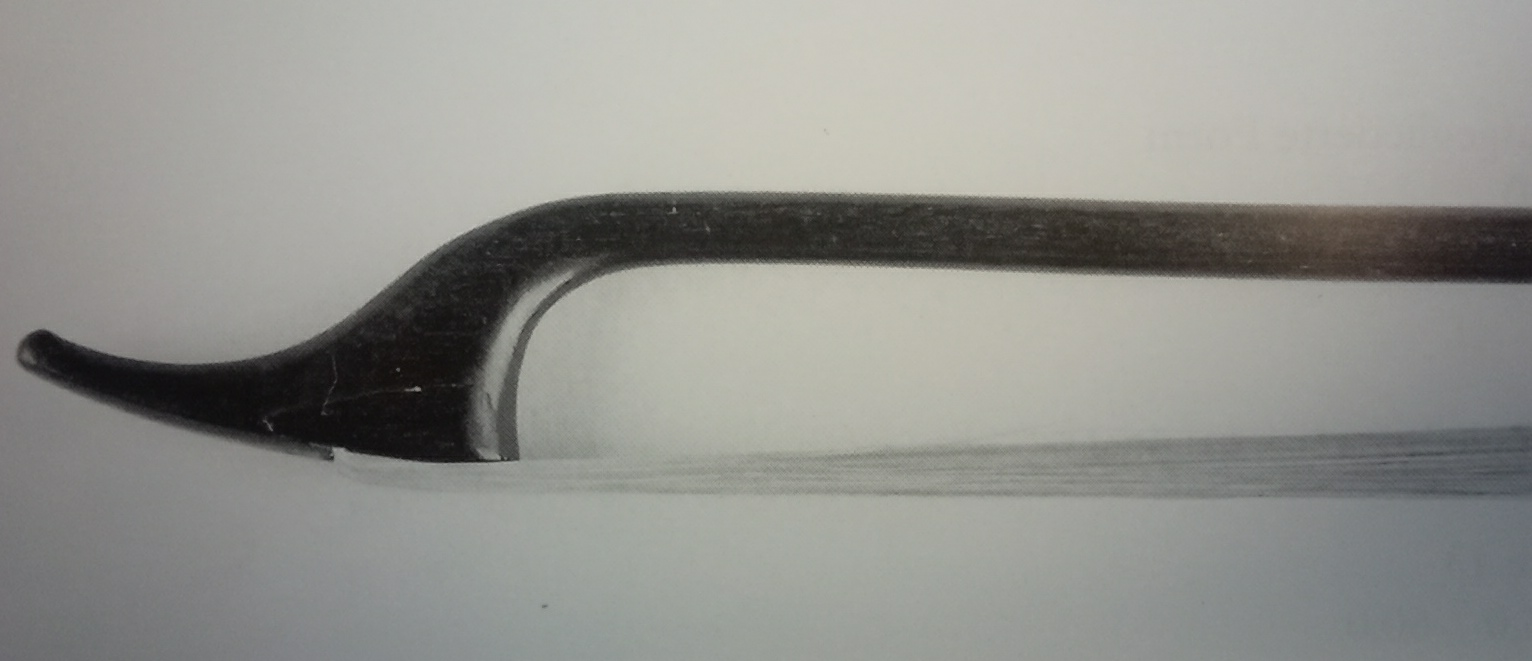
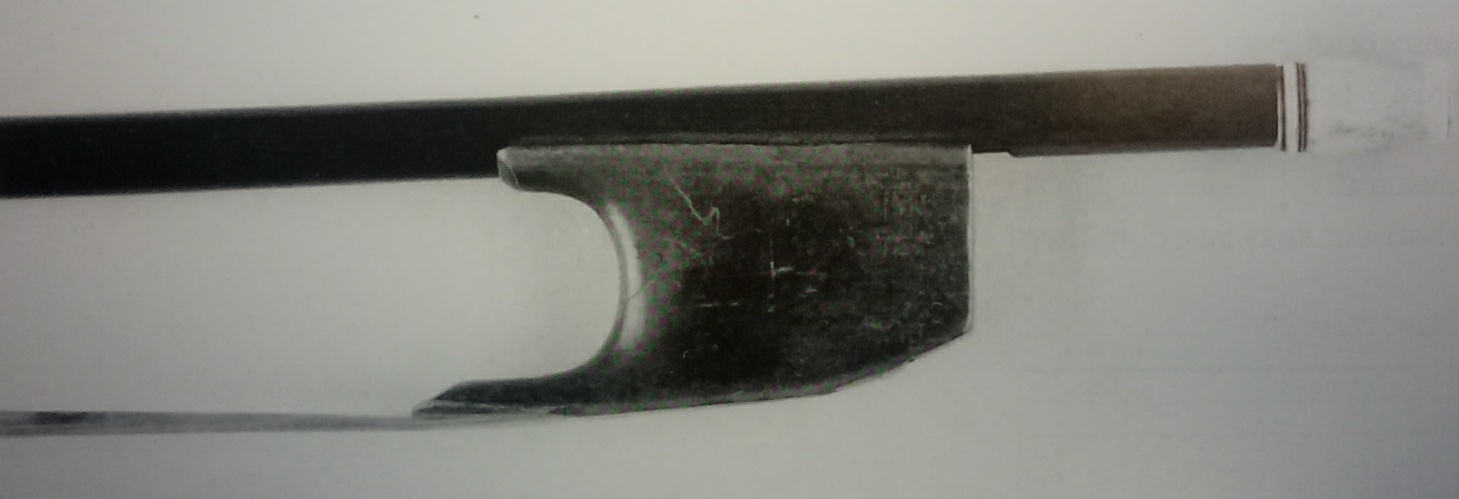
Could Vandini have played with a bow of this kind?
As in the scientific method (from which we are quite distant) the theories that try to explain a phenomenon must be verified and repeatable, in the same way, as a bow-maker, I’m used to making copies as close as possible to the original items and have professional performers try them; they can only test them if the copies match the required articulation.


 |
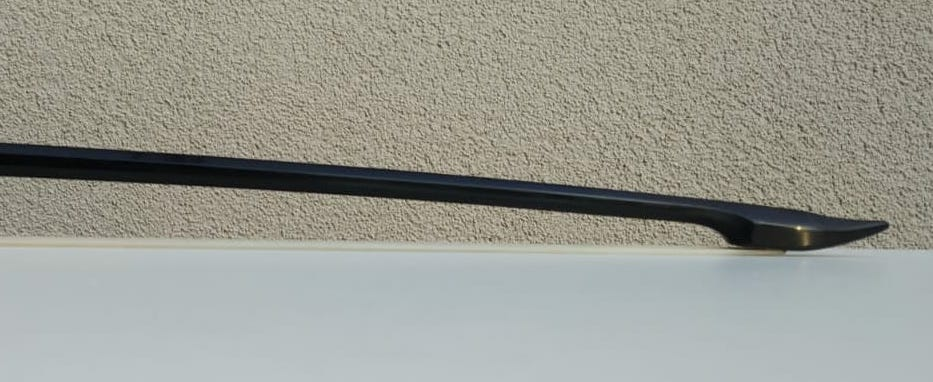 |
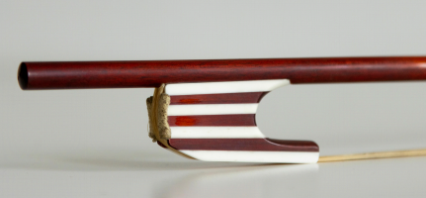 |
 |
Many, many thanks to Elinor Frey, Francesco Galligioni and Bartolomeo Dandolo Marchesi who trust my work and gave me the opportunity to make these bows.
A priest in the age of enlightenment, suspended between sobriety and gallantry
The following two recordings (issued during this2020/2021 pandemic) are a remarkable opportunity not only to listen to the testing of the bows I have described above, but also to gain some insight into the two spirits that, in my opinion, simultaneously lived in Antonio Vandini’s musical aesthetics: the priest devoted to Saint Anthony, and the man of the Age of Enlightenment.
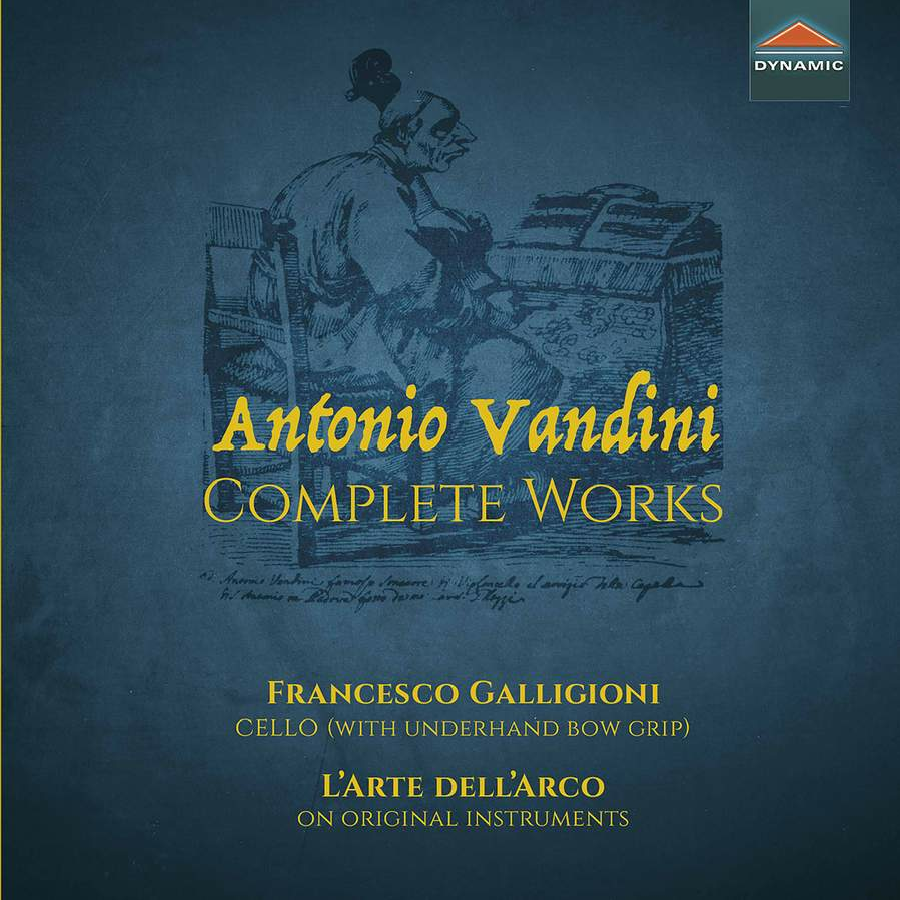 |
 |
I love them both, and they are both performed by world leading musicians!
You can listen, buy and download them at these addresses:
https://www.prestomusic.com/classical/products/8815667--vandini-complete-works
https://www.prestomusic.com/classical/products/8865373--antonio-vandini-complete-works
Please consider the fact that buying records is today an effective way (though maybe not the only one) to support music and the world of culture.
